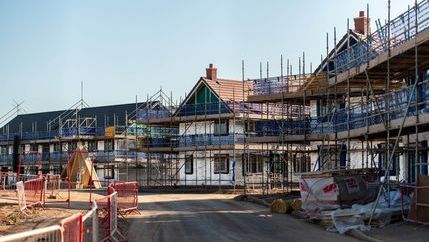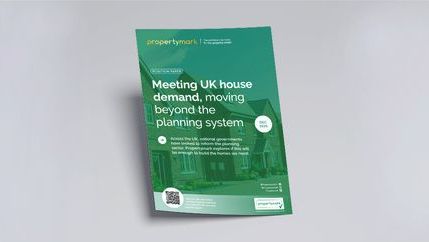
Concerns have been raised too about the sharing of commercially sensitive information between house builders, which may be influencing house prices.
The year-long market study, launched in February 2023, looked at housing quality, land management, local authority oversight and innovation in housebuilding in England, Scotland, and Wales, to identify competition issues which could hold back the delivery of homes.
Northern Ireland was excluded from the scope because the CMA considered that the differences in the structure and functioning of the housebuilding sector make it unlikely to face the same market or supply-side issues as the rest of the UK.
Consumers failed
Several areas are falling short of the outcomes expected of a well-functioning market.
- The supply of new homes has persistently fallen short of what is needed, putting increasing pressure on affordability.
- Innovation in the market is low, with new production methods being slow to spread and sustainability efforts mainly driven by the expectation of regulation.
- Some buyers experience problems with the prevalence of defects and the effectiveness with which they’re put right.
- The profitability of the largest housebuilders is higher than would be expected, although this is also influenced by economic factors like periods of low-interest rates and the Help to Buy schemes’ support for first-time buyers.
Planning reforms are needed
The report concludes that the nature and operation of the planning system are key drivers to housing under-delivery, pointing to a lack of predictability, the length, cost and complexity of the process, and insufficient clarity and strength of targets and incentives to meet housing needs.
The CMA suggests a range of options for reforming planning systems, including more effective monitoring and enforcement of local plans, a requirement for greater diversity of housing tenure on larger developments, and streamlining the approval process so projects can get started more quickly.
Private management of amenities creates detriment
The model of public amenities on housing estates being managed by private companies is becoming increasingly common, however, the CMA has identified significant consumer detriment in the form of the quality of amenities and services provided and the charges residents are expected to pay.
Buyers may not be properly informed about the details of these arrangements, making it unclear who is responsible for maintenance and making it harder for homeowners to challenge unsatisfactory quality or service. The bills for these arrangements can be high, with uncapped administration and management fees, and unpredictable, as amenities degrade over time and need repair or replacement.
The CMA recommends that the UK, Scottish and Welsh Governments implement mandatory adoption of public amenities on new housing estates to prevent the proliferation of private management arrangements.
Build-out rates and information sharing
Instead of building houses as quickly as possible, developers tend to build them at a rate that is consistent with the local absorption rates, that is, the rate at which houses can be sold without needing to reduce their prices.
This has less to do with maximising profit, and more to do with the cost of leaving capital tied up in partly finished, or finished but unsold, homes, which incentivises companies to control the build-out rate to a level that maintains selling prices.




